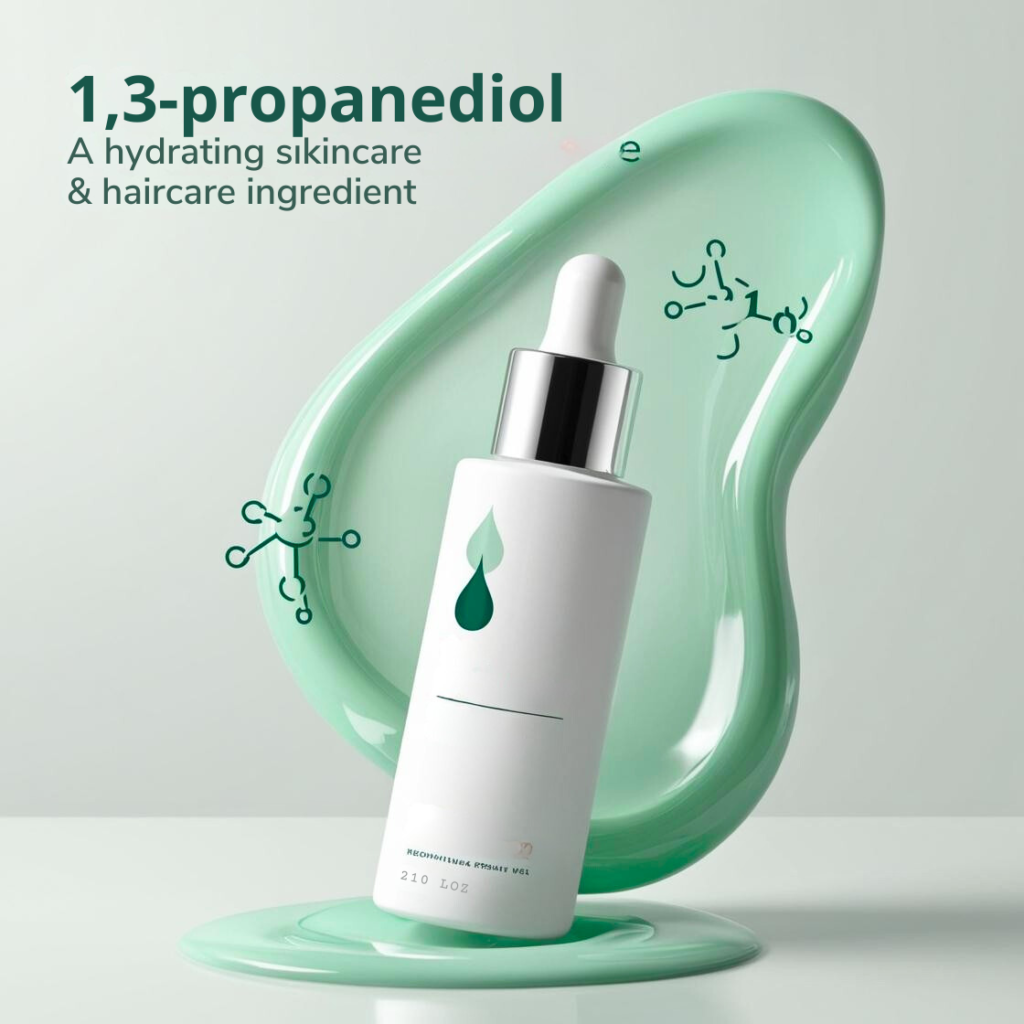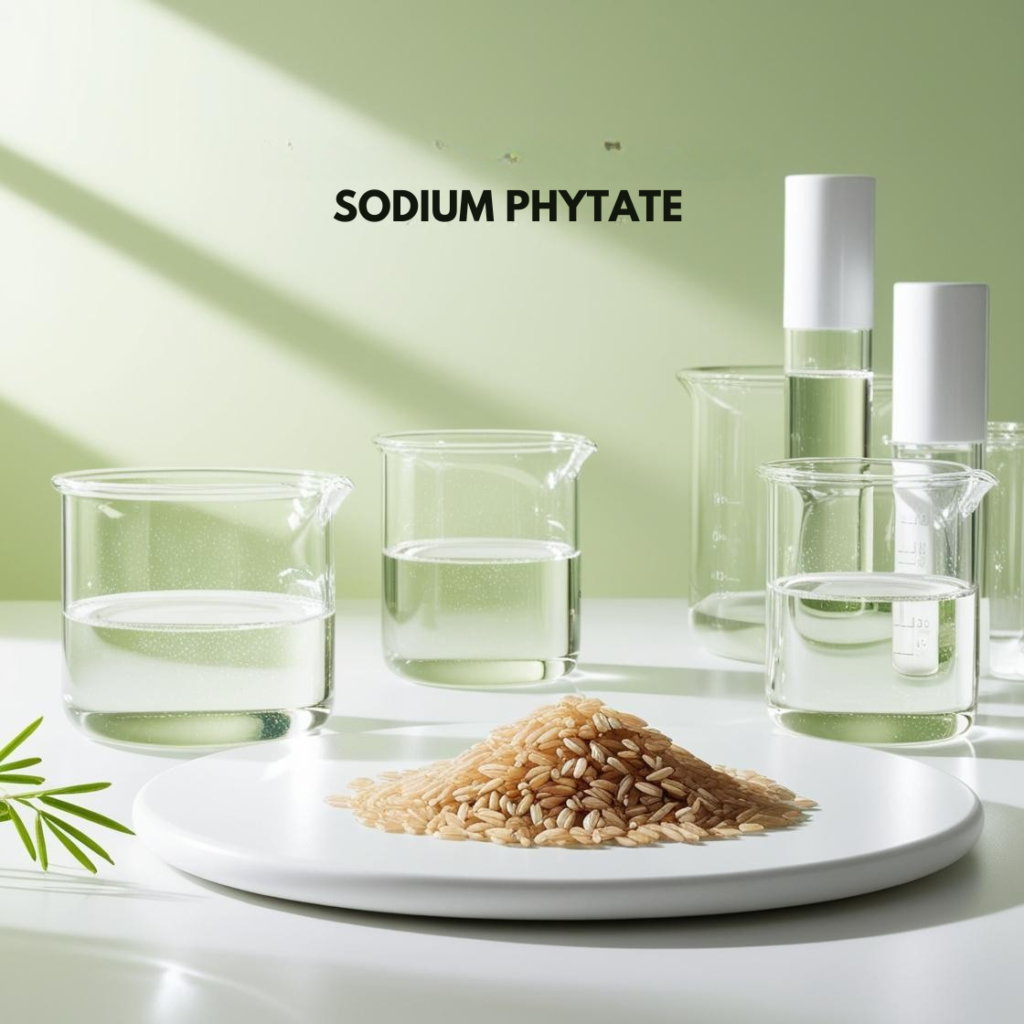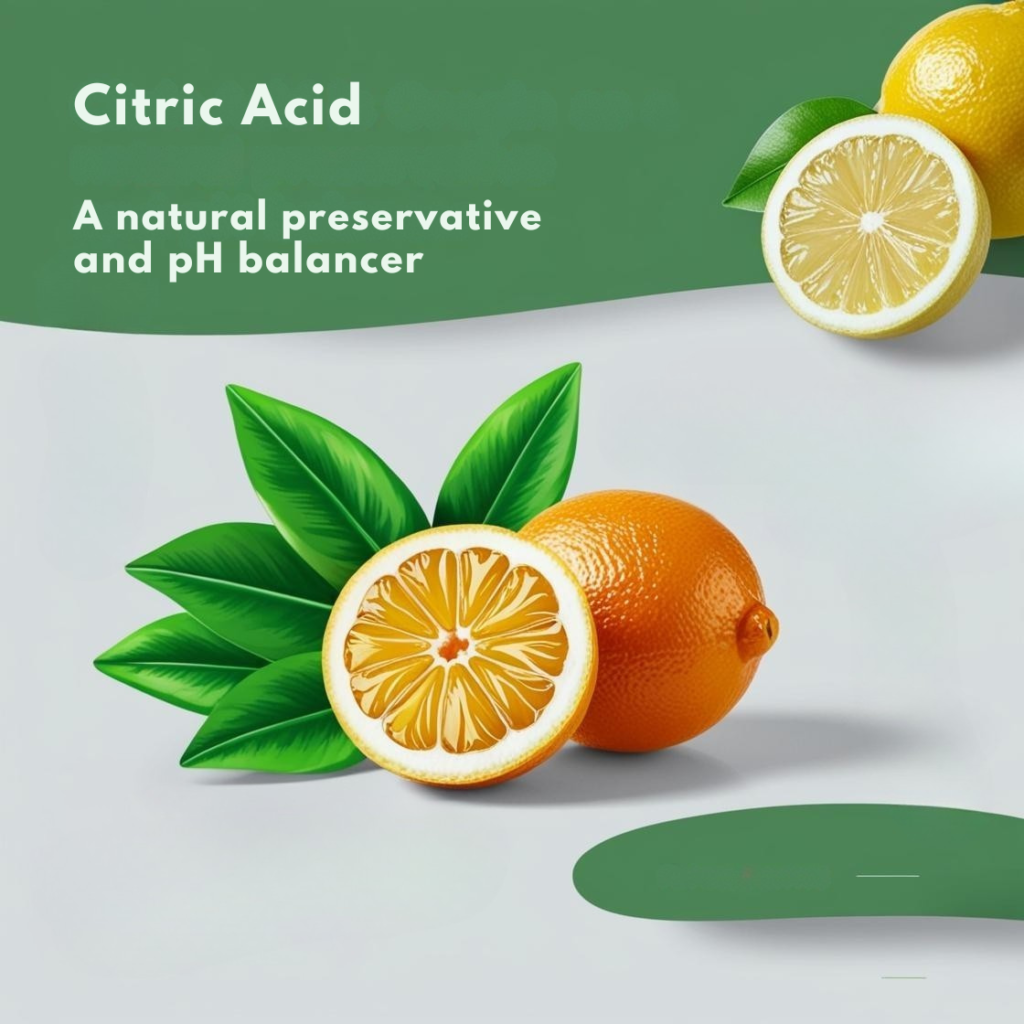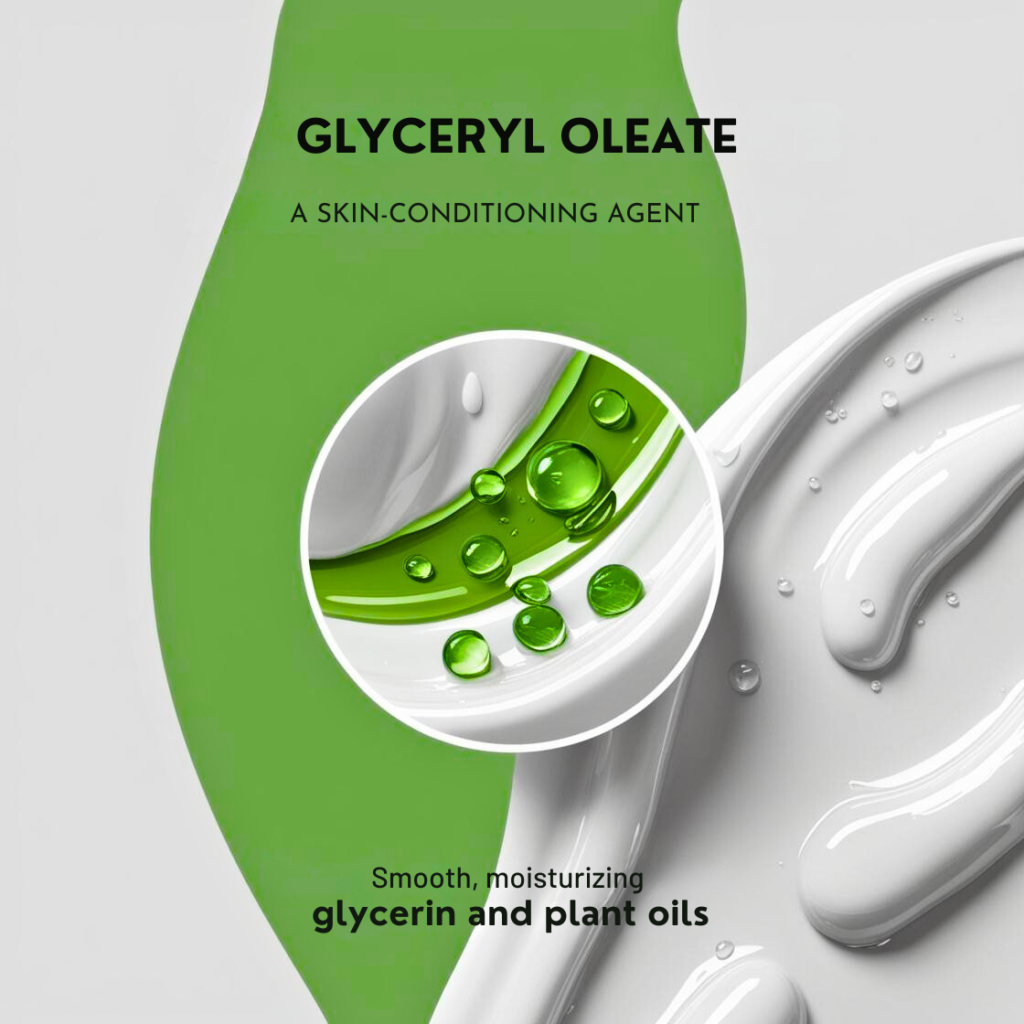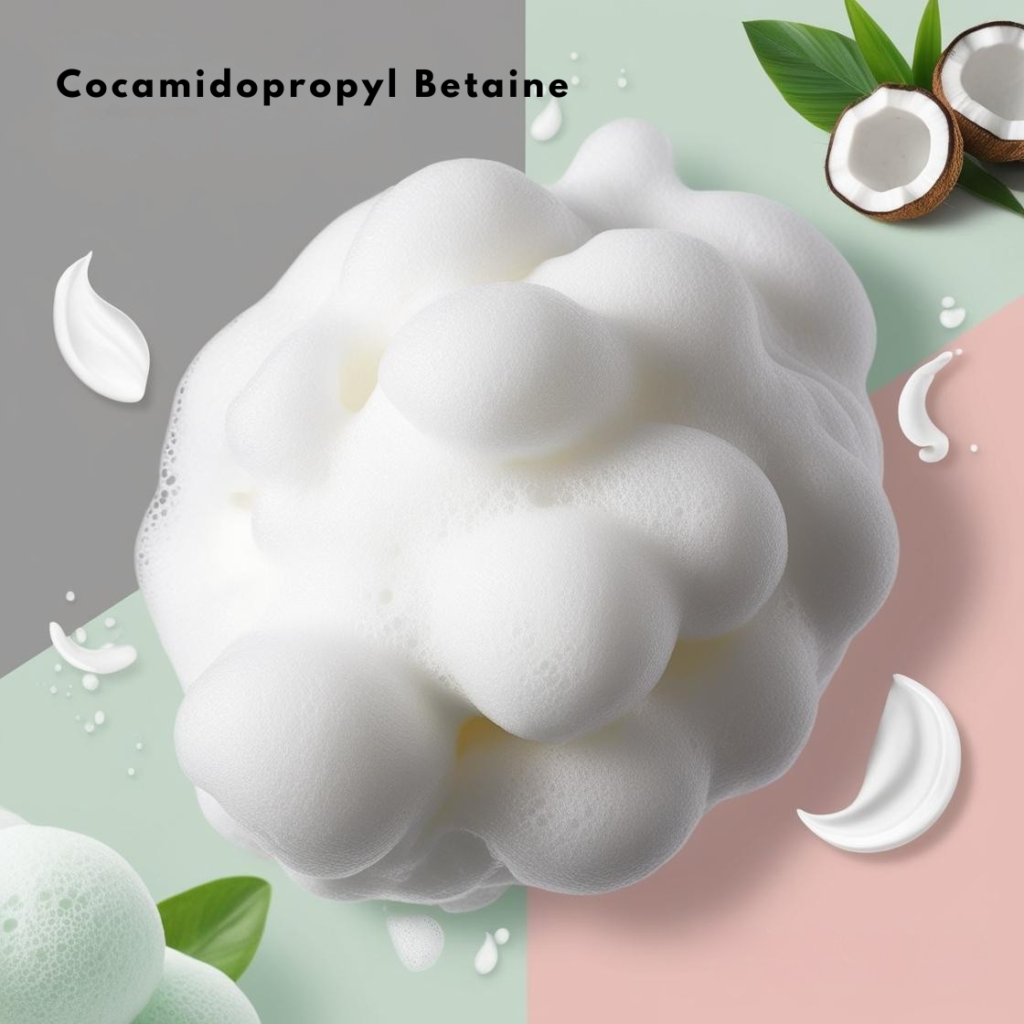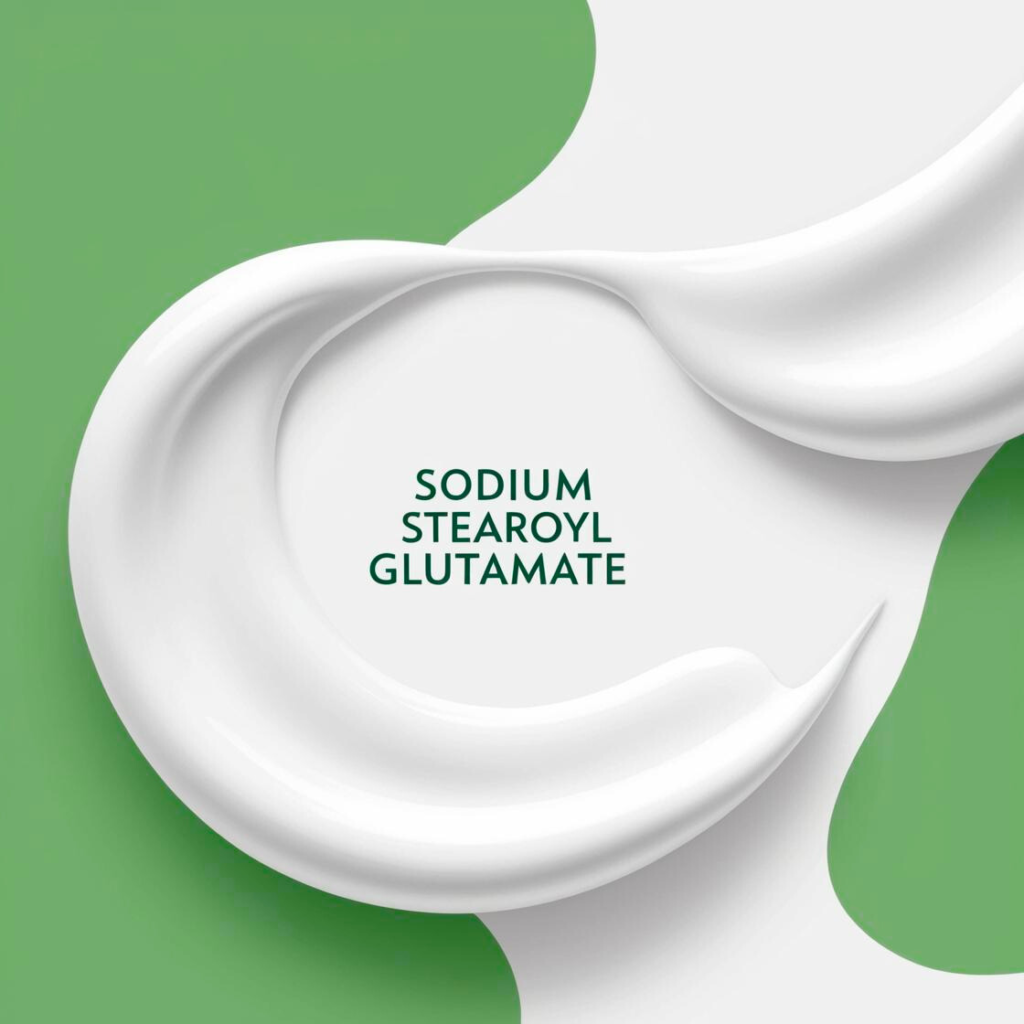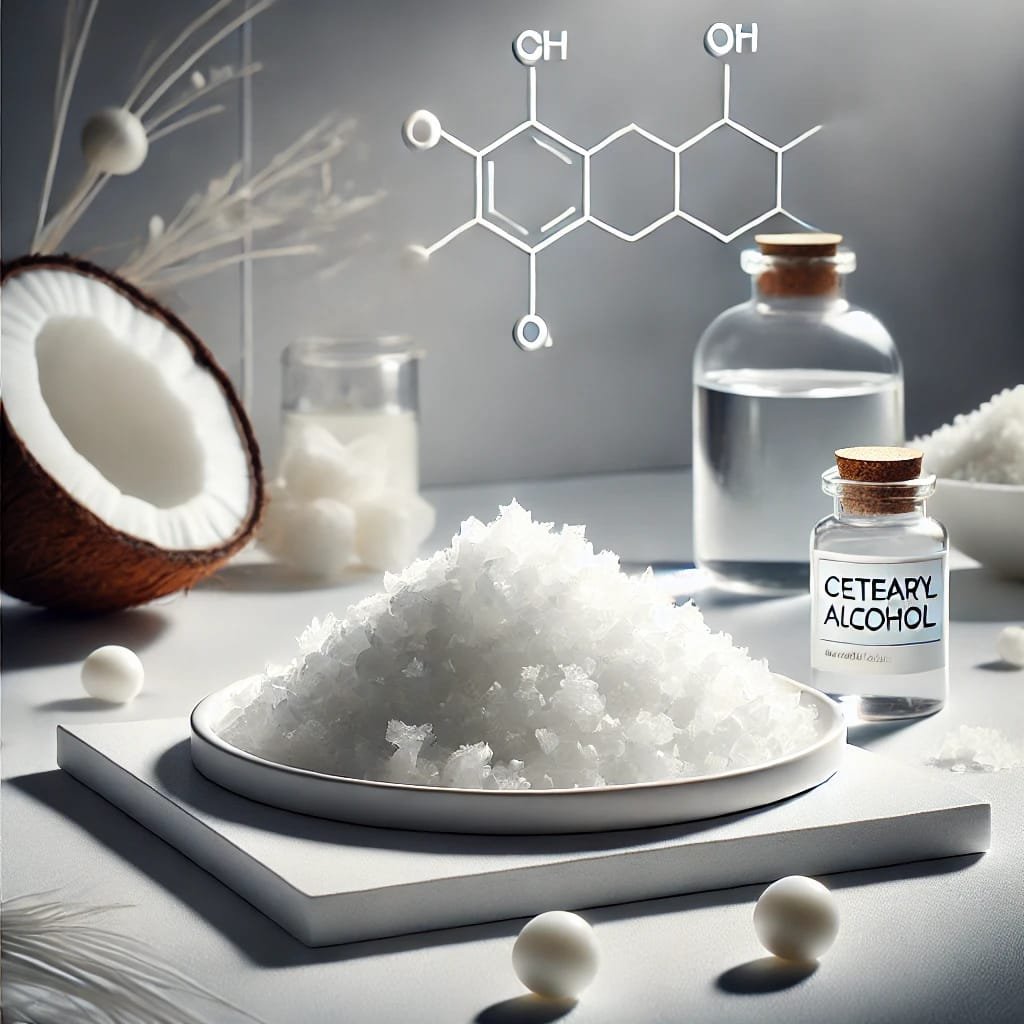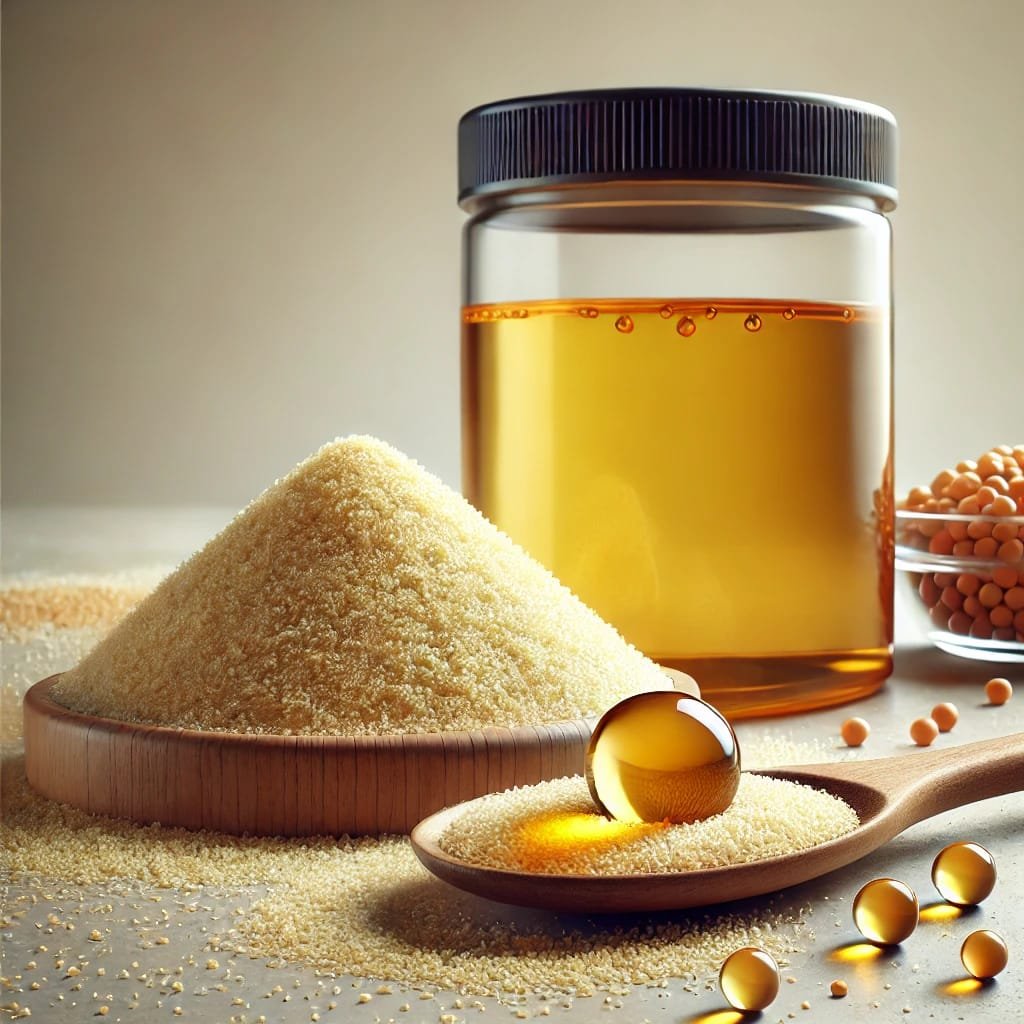INCI name Sodium hydroxide
CAS number 1310-73-2
Sodium hydroxide (NaOH) is a powerful pH adjuster used in cosmetics, soap making, cleaners, and food processing. It helps balance pH in skincare, enables saponification in soaps, and acts as a strong alkaline agent in household cleaners. It is also used in pharmaceuticals and food treatments like curing olives and enhancing pretzel texture.
Purpose
The purpose of sodium hydroxide is to adjust and control the pH levels in various formulations. It is used to make products more alkaline, neutralize acids, and ensure stability and effectiveness, especially in cosmetics, soaps, cleaners, and industrial processes. Its strong alkaline nature also makes it useful in breaking down oils and fats, such as in soap production and cleaning applications.
Chemical Composition
The chemical composition of NAOH consists of one sodium (Na) atom, one oxygen (O) atom, and one hydrogen (H) atom. It is an inorganic compound commonly known as lye or caustic soda. The sodium atom is positively charged (Na⁺), while the hydroxide ion (OH⁻) consists of an oxygen atom bonded to a hydrogen atom, carrying a negative charge. This combination forms a highly alkaline substance that is water-soluble and widely used in various industrial and chemical applications.

| Feature | Description |
| Name | Sodium Hydroxide |
| Type | Alkali, strong base |
| Source | Typically produced through the electrolysis of sodium chloride (NaCl) in the chlor-alkali process |
| Function | pH regulator, neutralizer, aids in saponification |
| Benefit | Adjusts pH, dissolves oils, supports alkaline reactions |
| Melting point | 318°C |
| Physical state | in the form of pellets, flakes, or a powder |
| Color | White (solid form) |
| Odor | Odorless |
| Solubility | Soluble in water (exothermic reaction), forming a highly alkaline solution |
| Chemical properties | Strong base, reacts with acids and water, forms soap, caustic |
| PH | Extremely high (around 13-14 in concentrated form), highly alkaline |
| Boiling point | 1,388°C (2,530°F) |
| Physical form | Typically solid (flakes, pellets, or powder), and when dissolved, in an aqueous solution |
Strong Base
Sodium hydroxide is a strong base, meaning it dissociates completely in water to release hydroxide ions (OH⁻). This makes its solutions highly alkaline (with a pH typically between 13-14). Due to this high alkalinity, this is effective in neutralizing acids. It is often used in neutralization reactions in industries and laboratories. Its basic nature is also used in pH adjustment in various applications like cosmetics and water treatment.
Highly Reactive
NaOH is highly reactive and interacts with many substances, making it incredibly versatile:
- With acids: Sodium hydroxide reacts with acids to form salts and water, a process known as neutralization. For example, when it reacts with hydrochloric acid (HCl), it forms sodium chloride (NaCl) and water (H₂O).
- With fats/oils: It reacts with fats and oils to form soap and glycerol in a process known as saponification. This reaction is the foundation of soap production.
- With metals: NaOH reacts with metals like aluminum, zinc, and tin, releasing hydrogen gas. This is why sodium hydroxide is used to clean metal surfaces or to remove oxides.
Hygroscopic
Sodium hydroxide is hygroscopic, meaning it has the ability to absorb moisture from the air. This is a critical feature when storing sodium hydroxide, as it will dissolve in the moisture it absorbs, potentially causing it to degrade or clump together. For this reason, sodium hydroxide is stored in tightly sealed containers to prevent this from happening. It is commonly found in pellet or flake form, which facilitates storage and handling.
Heat Generation
When sodium hydroxide dissolves in water, it undergoes an exothermic reaction—which means it releases heat. This heat can be substantial, especially when sodium hydroxide is dissolved in large quantities or concentrated solutions. The heat can cause burns if the solution splashes, and the temperature rise can be hazardous. This is why safety precautions, such as adding sodium hydroxide to water gradually, are essential during its use.
Corrosive Nature
Sodium hydroxide is highly corrosive and can cause significant damage to living tissues, metals, and fabrics. When in contact with skin or eyes, it can cause severe burns and permanent damage. The solution’s corrosive nature also means it can degrade metals like aluminum and lead to the deterioration of surfaces over time. Protective equipment such as gloves, goggles, and appropriate clothing is essential when handling sodium hydroxide.
Versatile
Sodium hydroxide’s versatility is one of its key features. It is used in many different industries and applications, including:
- Soap production: As mentioned, it plays a vital role in the process of saponification to produce soaps.
- Chemical manufacturing: It is used as a reagent in various chemical reactions, including the production of biodiesel, detergents, and other chemicals.
- Cleaning: It is an active ingredient in drain cleaners and oven cleaners due to its ability to dissolve grease, oils, and organic matter.
- Water treatment: Used to adjust pH and neutralize acidic wastewater.
- Cosmetics and pharmaceuticals: It is used in very small amounts in formulations to balance pH and stabilize products.
Buffering Agent
Buffering: Sodium hydroxide is commonly used to adjust and control the pH of a product. In many cosmetic and personal care formulations, the pH level plays a crucial role in the stability and effectiveness of the product. By adding small amounts of sodium hydroxide, formulators can raise the pH of a formulation to a more alkaline level if needed. This is especially important in products like exfoliants where the right pH is crucial to ensure proper chemical exfoliation without causing irritation to the skin. It helps maintain the desired pH range that maximizes the effectiveness of active ingredients, such as alpha hydroxy acids (AHAs) or beta hydroxy acids (BHAs), which work best at specific pH levels.
Denaturant
Denaturant: Sodium hydroxide can also be used as a denaturant in formulations, particularly in processes where proteins need to be broken down or denatured. For instance, in the saponification process (used in soap making), sodium hydroxide reacts with fats to break down their molecular structure, turning oils into soap and glycerol. This reaction is key in the production of certain cosmetic products. Additionally, when applied at higher concentrations, sodium hydroxide can alter the structure of proteins, which can be beneficial in certain formulations where protein breakdown is desired.
Other Roles in Formulations:
- Solvent: In certain cases, sodium hydroxide is used to dissolve or help solubilize other ingredients, particularly those that are otherwise insoluble in water.
- Surfactant/Emulsifier: It can assist in emulsifying oil and water phases when used in conjunction with other emulsifiers, aiding the formation of stable emulsions.
- pH Adjuster: As mentioned earlier, sodium hydroxide’s primary function is to adjust and maintain the pH balance of a formulation.
Water Solubility
Sodium hydroxide is highly soluble in water, and the resulting solution is strongly alkaline. This solubility makes it an effective agent for:
- Cleaning: It dissolves oils, fats, and organic compounds, which is why it’s found in drain cleaners and degreasers.
- Chemical reactions: Its strong alkaline nature is useful in reactions that require a high pH, like the production of soaps or in the petroleum industry.
- pH adjustment: It’s used to raise the pH in various water treatment and industrial processes, making the solution more alkaline.
Stable Compound
Under normal storage conditions (in a dry, airtight container), sodium hydroxide is relatively stable. However, it is sensitive to moisture and carbon dioxide in the air. When exposed to CO₂, sodium hydroxide forms sodium carbonate (Na₂CO₃). This is why it’s crucial to store sodium hydroxide away from air or in moisture-proof containers, particularly when it is in its solid form (pellets or flakes).
Applications of Sodium hydroxide
pH Balance for Skin and Hair
Most skin and hair care products are designed to function optimally within a specific pH range that matches the natural pH of the skin or scalp. For example, the skin has a natural pH of about 4.5 to 5.5, which is slightly acidic. Cosmetic formulations, such as moisturizers, lotions, and face washes, require a pH level within this range to ensure that the product does not disrupt the skin’s acid mantle. Sodium hydroxide is used to raise the pH of formulations that may be too acidic. For instance:
- Shampoos: Many shampoos are formulated with an acidic pH to match the scalp’s natural pH, preventing dryness or irritation. Sodium hydroxide is added to raise the pH when needed, ensuring the shampoo does not become overly acidic.
- Conditioners: Conditioners often require a more neutral or slightly acidic pH, which sodium hydroxide helps achieve by adjusting the base ingredients accordingly.
Stabilizing Active Ingredients
Certain active ingredients in cosmetics are pH-sensitive. The stability and effectiveness of ingredients like vitamin C, salicylic acid, glycolic acid, and retinoids can be affected if the pH is too high or too low. Sodium hydroxide helps neutralize acids or adjust the pH to optimize the chemical stability of these ingredients. For example:
- Vitamin C (ascorbic acid) requires an acidic pH (around 3.5) to remain stable and active. If the pH of a formulation containing vitamin C is too high, sodium hydroxide is added to lower the pH and maintain the stability of the vitamin.
- Salicylic acid in acne treatments needs to be at a specific pH range (around 3.0 to 4.0) to ensure proper skin penetration and effectiveness. Sodium hydroxide can be used to raise the pH slightly to optimize the product’s performance.
Neutralizing Acids in Formulations
In certain formulations, acids are used for exfoliation or as active agents (e.g., AHAs like glycolic acid and lactic acid). However, if the pH is too acidic, it can lead to irritation, especially with sensitive skin. Sodium hydroxide is used to neutralize the excess acidity, ensuring the product is not overly harsh and does not irritate the skin. This balance helps products like:
- Cleansers and Toners: Sodium hydroxide neutralizes the acidic components to create a more skin-friendly pH.
- Peels: Chemical peels often contain AHAs, which require precise pH adjustments to exfoliate the skin effectively but safely. Sodium hydroxide is carefully used to adjust the pH without causing excessive irritation.
Optimizing Surfactant Functionality
Surfactants, like sodium lauryl sulfate (SLS) or sodium coco-sulfate, are widely used in cosmetic formulations like shampoos, body washes, and facial cleansers to cleanse the skin and hair. Surfactants work best within a specific pH range. If the pH is too high or low, the surfactant may not perform as effectively, either leading to poor foam formation or skin irritation. Sodium hydroxide is added to adjust the pH to ensure surfactants maintain their optimal performance:
- For foaming agents, the pH is often adjusted to allow the surfactant to produce a rich, stable foam that aids in cleansing.
- Sodium hydroxide also helps to improve the cleansing efficiency of surfactants by breaking down oils, dirt, and other impurities from the skin and hair.
Improving Product Texture and Stability
The texture and stability of cosmetic formulations can be affected by the pH. Many products, including creams, gels, and lotions, rely on certain pH levels to achieve the desired consistency and stability. Sodium hydroxide can help:
- Stabilize emulsions: Sodium hydroxide is used in emulsions (mixtures of water and oil) to prevent separation and ensure the consistency remains smooth and uniform.
- Prevent separation: In products that contain thickening agents (e.g., xanthan gum, carbomers), sodium hydroxide is used to activate or adjust the pH, enabling the thickener to form a stable, homogenous gel or cream.
pH Adjustment for Safe and Effective Hair Dyes
In the case of hair colorants and hair dyes, the pH needs to be raised to open the hair cuticle (the outer layer of the hair) so the color can penetrate the hair shaft. Sodium hydroxide is often used in this context to adjust the pH to facilitate better absorption of the dye and improve the coloring results. Without this pH adjustment, the dye would not be able to effectively change the color of the hair.
Ensuring Safe and Comfortable Skin Care
Maintaining a safe and comfortable pH level is especially important for products intended for sensitive skin. Sodium hydroxide is used in small amounts to balance the formulation’s pH and ensure the product does not cause irritation, dryness, or allergic reactions. It is critical in products like baby lotions, sensitive skin creams, and anti-aging products, where the skin’s natural pH must be preserved to avoid damage.
Role in Hair Removal Creams
In hair removal creams, sodium hydroxide can be used to adjust the pH to ensure the cream is effective at breaking down the keratin in hair. It helps create a more alkaline environment, which allows the active ingredients in depilatory products to penetrate the hair shaft and dissolve the hair from the root.



